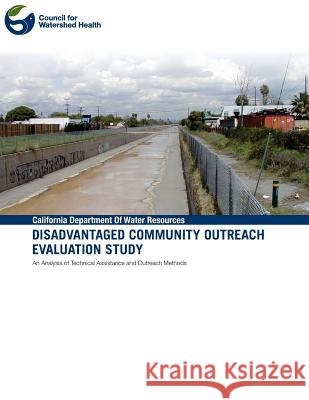Disadvantaged Community Outreach Evaluation Study » książka
Disadvantaged Community Outreach Evaluation Study
ISBN-13: 9781494896003 / Angielski / Miękka / 2013 / 28 str.
The Disadvantaged Community Outreach Evaluation study worked to unpack the assumptions embedded in previous Disadvantaged Community (DAC) outreach efforts. First, we asked if the system of identifying disadvantaged communities was effective. We found that US Census tracts, which are commonly used to designate the boundaries of DAC, are very poor at properly describing communities. Second, we considered the implications of the single-indicator system (median-household income) for identifying and understanding disadvantaged communities. We found that this system is not sufficient; additional indicators we determined are necessary to characterize a community include the size of each community, and the uniformity and intensity of the disadvantage experienced by members of each community. We developed a multi-indicator assessment tool that helps better describe each disadvantaged community so that engagement efforts can be properly designed. Using the tools we developed to identify and understand communities, we conducted needs assessments and targeted outreach to engage members of five disadvantaged communities. These efforts facilitated participation of community members in the integrated water management (IWM) process. The needs assessment and outreach resulted in twenty-two of project concepts appropriate for IWM funding. Of those concepts, eight received technical assistance to fully develop project concept reports.
Zawartość książki może nie spełniać oczekiwań – reklamacje nie obejmują treści, która mogła nie być redakcyjnie ani merytorycznie opracowana.











